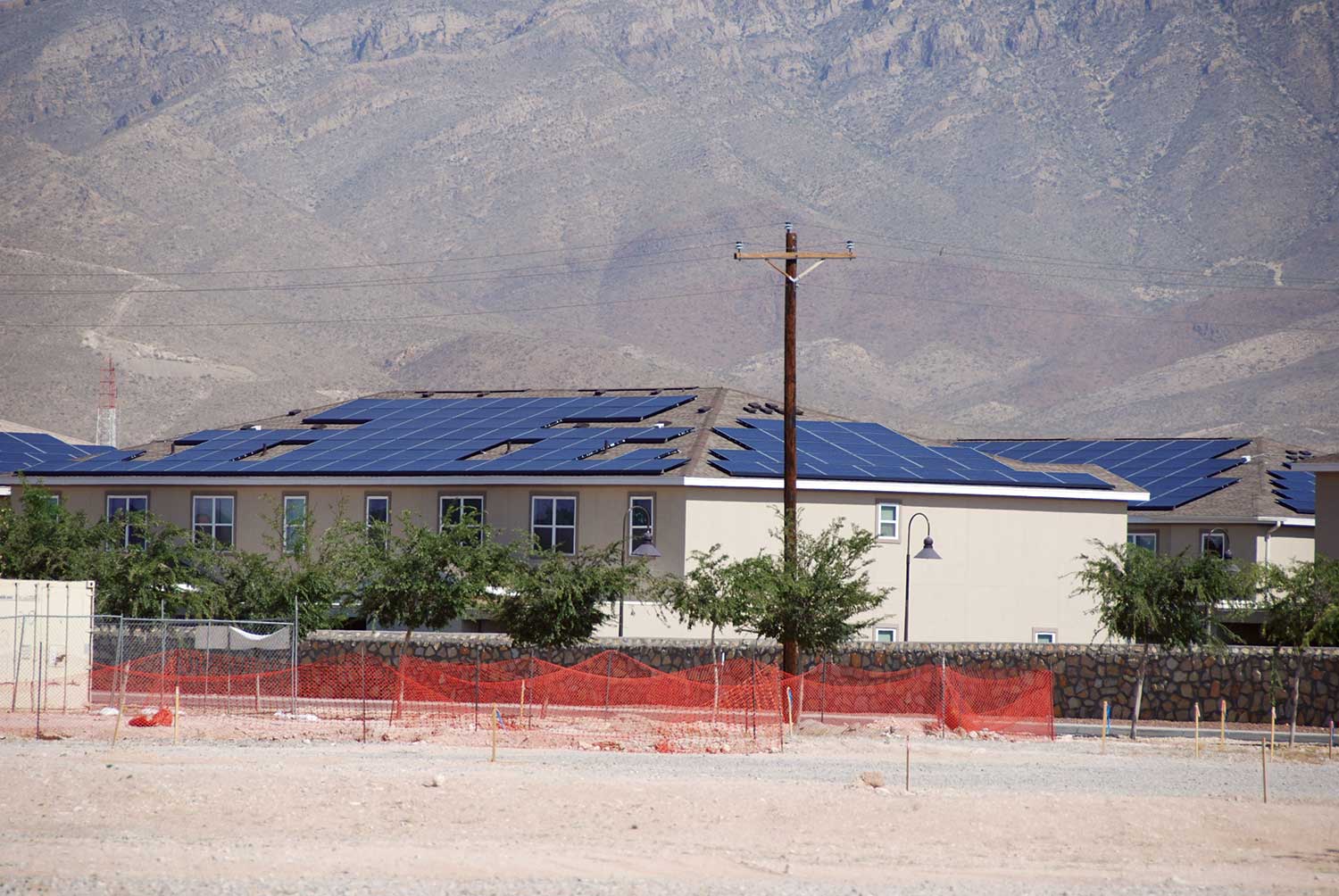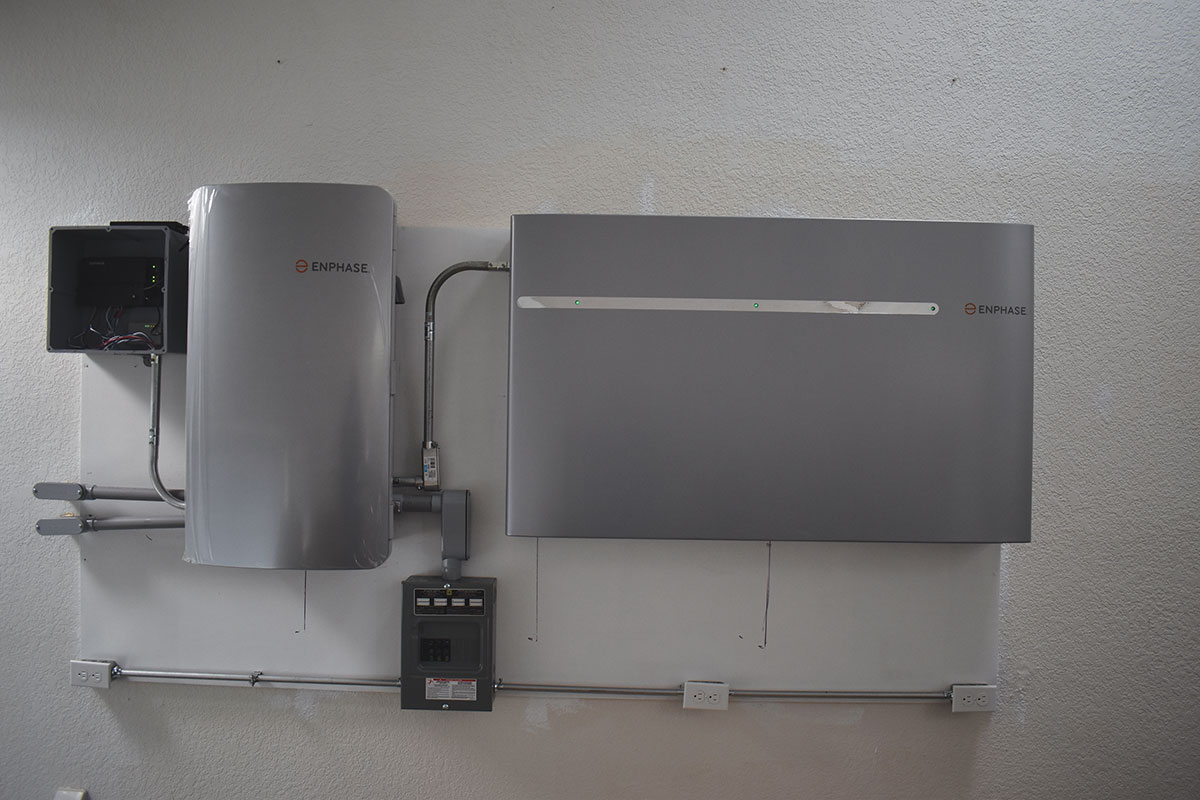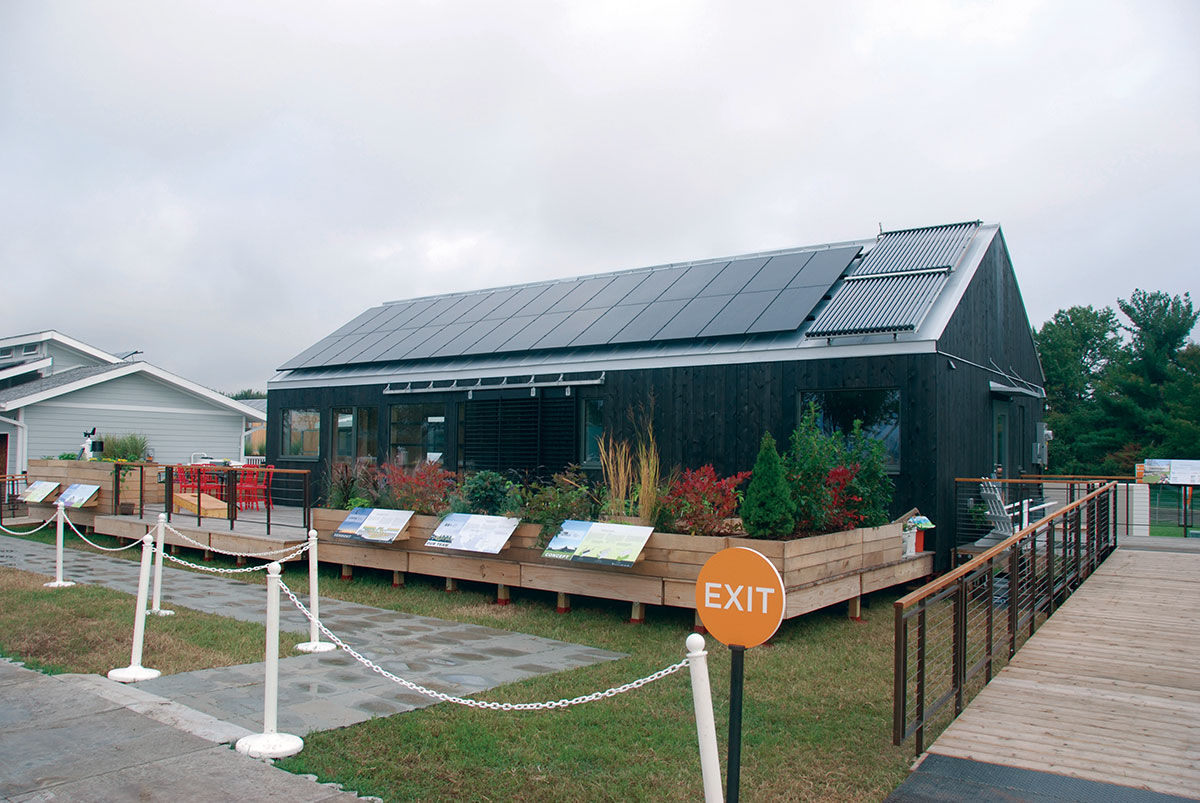The 2020 National Electrical Code® (NEC®) has been available since September/October 2019. It can be ordered now from NFPA and various online dealers, including IAEI.
Although changes to the 2020 NEC for PV systems have been covered in previous issues of the IAEI News, this article compares the 2017 requirements with the 2020 requirements and determines how clarifications have been made. It also discusses areas where additional Code changes may be required.
Article 705
Supply-Side Connections. There has been a great deal of discussion in recent years concerning the actual requirements for a supply-side connection. That is a connection of the output of utility-interactive PV system or other power production source to the service entrance conductors on the supply side of the service disconnect. What these conductors are called, the size of the conductors, the routing of the conductors and other issues associated with the installation of a supply-side connection have been somewhat lacking in previous editions of the Code. The language that could be referenced were Sections 705.12(A) and 705.30 to define this circuit and, of course, the ampacity requirements outlined in 690.8 and 690.9. The 2020 NEC has greatly clarified these various confusing issues.
There is now a simplified definition for this power source output circuit that is installed from the power production equipment to the service.
New Section 705.11 establishes clear requirements for this circuit. Section 705.11(A) is similar to the previous requirement in that the continuous output current of all power sources connected to the service may not exceed the rating of the service. Section 705.11(B) gets very specific on conductor sizing and how they shall be installed. The conductors from the connection point on the service conductors to the first overcurrent device on the power source output circuit shall be sized in accordance with new Section 705.28 and be in no case smaller than 6 AWG copper or 4 AWG aluminum.
Section 705.28 defines the maximum current as the continuous rated maximum power output of the power production source. It also establishes the requirement that the minimum conductor ampacity be based on 125 percent of the maximum current or 100% of the maximum current after the application of conditions of use, whichever is greater.
Section 705.11(B) also requires that these conductors (up to the first overcurrent protective device) be installed in accordance with 230.30, Underground Service Entrance Conductors, or 230.43, Wiring Methods for Service Conductors, 1000 volts or less. So, while these power production source output conductors cannot be called “service entrance conductors,” they are required to be treated as such up to the first overcurrent device.
Section 705.11(C) has numerous details on the requirements for overcurrent protection and its location in this circuit. A revised Section 705.30 is referenced in this section, but additional details are provided in 705.11(C) and include previous requirements that were in 705.30. When reviewing the detailed requirements and 705.11(C), it should be noted that the various lengths of unprotected cable to the first overcurrent device vary between dwelling units and non-dwelling units. In non-dwelling units, for example, up to 20 m (71 ft) of conductor length may be allowed inside the building, provided that cable limiters are installed in all ungrounded conductors within 5 m (16.5 ft) of the connection to the service. Keep in mind that cable limiters are not fully-rated or marked as overcurrent protective devices and are intended to provide last-ditch protection of the connected cable. It is probably wise to include a standard overcurrent protective device with the ac disconnect in this circuit.
Section 705.11(D) establishes the requirements for connections and it is important to note that where service entrance conductors are tapped to make this connection, a tapping device or splicing block must be listed as suitable for connection to service entrance conductors and must be installed per the manufacturer’s instructions. Full consideration to available space in existing enclosures must be made when a splice is made inside them. In many locations where a meter adapter is being used, utility procedures and requirements must be followed.
Section 705.11(E) establishes the requirements for ground fault protection and has been simplified. This section states that where power production source connections are made to a solidly grounded wye service exceeding 150 volts but not exceeding 1000 volts phase-to-phase, ground fault protection meeting the requirements of article 230.95 shall be followed. Unfortunately, this section appears in the supply-side section of the Code. It is difficult to understand why the existing ground fault protection device on such a service does not also provide ground fault protection for any supply-side connected power production source where that power production source essentially is in parallel with the utility as far as supplying ground fault currents. The existing ground fault protection equipment on the main service disconnect should provide ground fault protection from both the utility source and the power production source without any additional equipment.
Load Side Connections. Many of the requirements for the load side of the service disconnect connections in the 2020 NEC are essentially the same as those in the 2017 NEC with minor rewording for clarification.
Section 705.12(B)(3)(4) now allows connections at either end of a center-fed panelboard with the general 120 percent allowance. These connections are no longer restricted to one end or the other end of a center-fed panelboard. There are also more detailed requirements for connections to various types of switchgear, panelboards and switchboards when they are designed under engineering supervision which includes fault current and busbar load calculations [705.12(B)(3)(5)]. Detailed requirements are also now provided for connections to panelboards that have feedthrough connections on the busbar [705.12(B)(3)(6)].
Power Control Systems. A new section, 705.13, has been added to define the operation and requirements for an electronic device commonly referred to as a power control system (PCS). This particular section will become increasingly important as we add energy storage systems and multiple power sources to an existing electrical system or a newly installed electrical system.
The power control system can monitor various currents in the system and control the output of the power production systems, energy storage systems (ESS), and other equipment. This helps to ensure that the total current supplied by all of these sources do not exceed the rating of the conductor or the bus bar to which they are connected. This electronic device will ensure that those outputs will be restricted so that they do not exceed the ampacity of the busbar, even though the various sources have outputs totaling in excess of the rating of the busbar or conductor they are connected to.
The PCS, depending on its function and certification/listing, may be used in conjunction with other standard overcurrent protective devices or may be used as an overcurrent protective device itself where it electronically limits the current flowing through a circuit. There are various restrictions listed in the 2020 NEC for these devices, but in general, the instruction manual provided with these rather complex listed products must be reviewed to ensure that they are installed and adjusted properly to protect the circuits to which they are connected [110.3(B)]. Access to any adjustments or settings must be restricted to qualified personnel only [240.6 (C)].
Ground Fault Protection. Section 705.32 remains unchanged from the 2017 NEC and, as before, it may be difficult to apply the exception to this requirement because of the age of the existing ground-fault protection equipment on the main breaker and/or the complexity of providing ground-fault protection for all load circuits from the power production source output.
Microgrid Systems. Part II of Article 705 has been re-named Microgrid Systems and contains several sections dealing with requirements for these types of systems. Those familiar with the operation of a whole-house, battery-backed-up, utility-interactive PV system will be familiar with these requirements. Now, of course, they also apply to more complex, large-scale systems. It is anticipated that these systems will become quite common in the not-too-distant future as utility companies shut down sections of their distribution grid seasonally to prevent forest fires and the impact of global warming (cyclical weather pattern occurrences) on the utility generation, transmission, and distribution system becomes more prominent.
Article 690
690.9 Overcurrent Protection. This section has had significant modifications in areas dealing with the requirement for overcurrent protection on various specific types of circuits. If the circuit is not in or on a building and is installed in various types of metal raceway or underground, it can be protected with an overcurrent device at one end. The justification is that any faults and the potentially resulting burning cables will be contained by the metal raceway or be in an area that cannot be affected by such damage. These new requirements provide some flexibility in overcurrent protection for the large number of circuits outside of a building in large PV systems.
690.12 Rapid Shutdown of PV System on Buildings. Section 690.12(B)(2)(1) establishes the general requirements for a PV hazard control system that will provide safety for firefighters working inside the array boundary. This system will be fully tested, certified, and listed to provide electrical shock safety after it is energized even after being damaged by fire fighting operations including firefighting tool impacts on the modules, equipment, and wiring and deluges from high-pressure water hoses. The system will be tested, certified and listed to a new UL standard by the usual group of Nationally Recognized Testing Laboratories (NRTL) including UL, CSA, ETL, and TUV. It may be a few years before any such system will be marketed.
Food for Thought and Discussion.
This information below is presented by the author of this article to elicit discussions and further research within the PV industry and the inspector industry. If you have comments, please send them to the author at the email address below.
Ground Faults and Overcurrent Protection. With the evolution of all functionally grounded systems and revised ground fault detection requirements, the 2017 and 2020 NEC allow a single overcurrent device (where required) to protect each of the PV source and output circuits. However, there is some information available that for the common non-isolated (transformerless) inverters, ground faults that occur during normal operation of the inverters may result in AC currents flowing from the utility back through the inverter into the array wiring.
In addition to this potential for currents flowing back into the DC array wiring, the inverter internal solid-state devices may be damaged. The existing designs of the ground fault detectors, both impedance measuring, and residual current types, may not be sufficient to prevent this internal inverter damage and the flow of currents into the faulted DC array wiring. Investigations and discussions are ongoing in this area, and it may be a future requirement that the DC input circuits to the inverter have overcurrent protection [fast-acting fuses?] in both conductors (positive and negative) to prevent array damage from the backfeeding AC utility currents [690.9(A)(2)].
Backfeeding AC Switches. It is commonly understood that interrupting AC currents in a switch or circuit breaker is a bidirectional operation since the AC current goes positive and negative on each 60 Hz cycle flowing first one direction and then the other direction through the contacts of the switch or the circuit breaker. AC disconnects (a.k.a. safety switches) with exposed switch contacts when the cover is opened frequently have contacts marked “Line” and sometimes “Line” and “Load.” The intent of these markings is to show that the “Line” contacts should be connected to the normally always energized utility source. These line connections are typically shielded to prevent inadvertent contact.
These AC disconnects have been used for many decades as AC disconnects on non-PV systems where generators are operated in parallel with the utility. In these applications, these switched AC disconnects are nearly always backfed with AC power from the generator. The backfeeding of AC currents through these disconnects has posed absolutely no problems in the past.
The use of the AC disconnects in the PV application for the AC output of the utility-interactive inverter is a similar situation, but because the inverter shuts down rapidly when the disconnect is opened, this operation is actually less strenuous on the switch than the operation of the switch with the generator output. The use of these switches in this application has posed no problems since the inception of the utility-interactive PV system.
The issue of not backfeeding switched disconnects and circuit breakers came to the forefront with the use of switches in PV systems on DC circuits. The current flow in DC circuits is unidirectional (one way), and switches and breakers that are marked “Line” and “Load” are not suitable for backfeeding on these DC circuits. This has resulted in some slightly confusing language in recent editions of the Code.
The PV industry, Underwriters Laboratories (UL), the switchgear industry, and persons developing the code are working on ways to make this information available in the NEC and possibly modify UL standards. In the meantime, the use of appropriately sized and installed backfed AC disconnects on the output of utility-interactive inverters should be allowed to continue without restriction.











Find Us on Socials